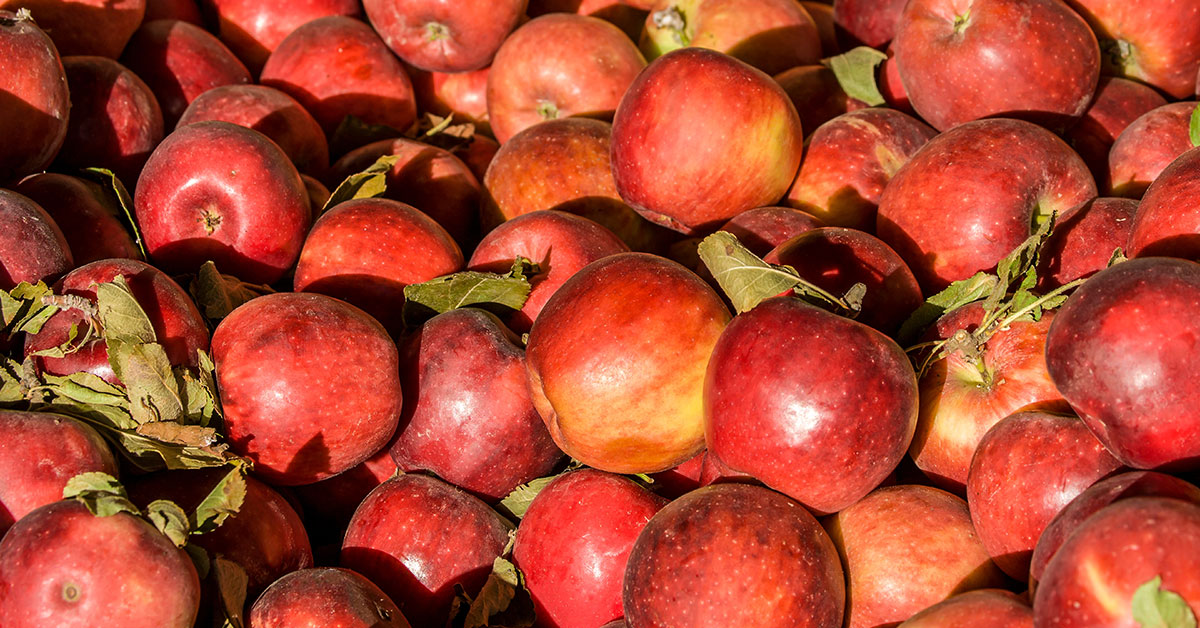Apples, with their crisp texture and sweet or tart flavors, are a beloved fruit enjoyed by many. However, achieving the perfect balance of taste and texture requires careful timing when it comes to harvesting. Knowing when to pick apples is crucial to ensure optimal flavor, juiciness, and storage longevity. In this article, we will explore the different indicators and techniques to determine the ideal time to harvest apples, allowing you to savor the fruits of your labor at their peak of perfection.
Whether you are a seasoned orchardist or a backyard gardener, understanding the signs of apple ripeness will help you make the most of your apple harvest and enjoy the fruits of your labor to the fullest.
When to Harvest Apples
The timing for harvesting apples can vary depending on the variety of apple and the specific growing conditions. However, there are a few general guidelines to follow:
- Color: Apples should have developed their characteristic color. This can range from green to red or a combination of both, depending on the variety. The color should be uniform and vibrant.
- Firmness: Gently press your thumb against the skin of the apple. It should feel firm, not soft or mushy. However, some apple varieties, like Red Delicious, are naturally softer.
- Taste: Taste a few apples from different parts of the tree to ensure they have reached the desired flavor. Apples should be sweet or tart, depending on the variety, and have a good balance of flavors.
- Stem detachment: Check if the apple easily detaches from the tree when you lift and twist it gently. If it comes off easily, it is likely ready for harvest.
- Seed color: Cut open an apple and check the color of the seeds. If they are dark brown, it indicates that the apples are mature and ready to be harvested.
It’s important to note that apples do not ripen further after being harvested, so it’s crucial to pick them at the right time. Harvesting times can vary from late summer to early fall, so it’s best to consult local resources or ask experienced apple growers in your area for more specific timing based on the apple variety you are growing.
Signs Your Apples Are Ready to Be Harvested
There are several signs to look for when determining if apples are ready to be harvested:
- Color: Apples will develop their characteristic color when they are ripe. The exact color will depend on the variety, but generally, ripe apples will have a vibrant, uniform color. For example, red apples will turn a deep red, while green apples will become a brighter shade of green.
- Firmness: Gently press your thumb against the skin of the apple. Ripe apples will feel firm but not rock hard. If the apple feels too soft or mushy, it may be overripe or starting to rot.
- Taste: The best way to determine if an apple is ready for harvest is by tasting it. Pick one apple and sample it to see if it has reached the desired level of sweetness and flavor. If the taste is satisfactory, it’s a good indication that the rest of the apples on the tree are ready to be harvested.
- Seed color: Cut open an apple and check the color of the seeds. When apples are ripe, the seeds will be dark brown. If the seeds are still white or light in color, the apple is not yet mature.
- Stem detachment: Gently lift the apple and twist it. If it comes off the tree easily with the stem intact, it is likely ready to be harvested. If you have to tug or use force to remove the apple, it may not be fully ripe.
Remember that the timing of apple harvest can vary depending on the specific variety and local climate. It’s always a good idea to consult local resources or experienced gardeners in your area for more precise information about when to harvest apples.
Signs Your Apples Aren’t Ripe Yet
There are a few signs to look for to determine if apples are not yet ripe and should not be harvested:
- Color: Immature apples tend to be green, so if the apples are still predominantly green and haven’t developed their characteristic red, yellow, or other ripe coloration, they are likely not ready for harvest.
- Firmness: Gently squeeze the apple in your hand. If it feels hard and unyielding, it is probably not ripe yet. Ripe apples should have a slight give when pressed.
- Taste and Flavor: If you take a bite of the apple and it tastes sour or lacks the characteristic sweetness, it means it is not yet ripe. Immature apples often lack the desirable flavor profile of fully ripened ones.
- Size and Shape: Apples that are still small and haven’t reached their full size are not ready for harvest. Additionally, if the apple’s shape is irregular or misshapen, it may indicate that it is not fully mature.
- Stem Color: Check the color of the stem where it attaches to the apple. If it is still green, it suggests that the apple is not yet ripe. Ripe apples usually have a brown or woody-colored stem.
Remember that the ripening process can vary depending on the apple variety, so it’s essential to know the specific characteristics of the variety you are growing.













